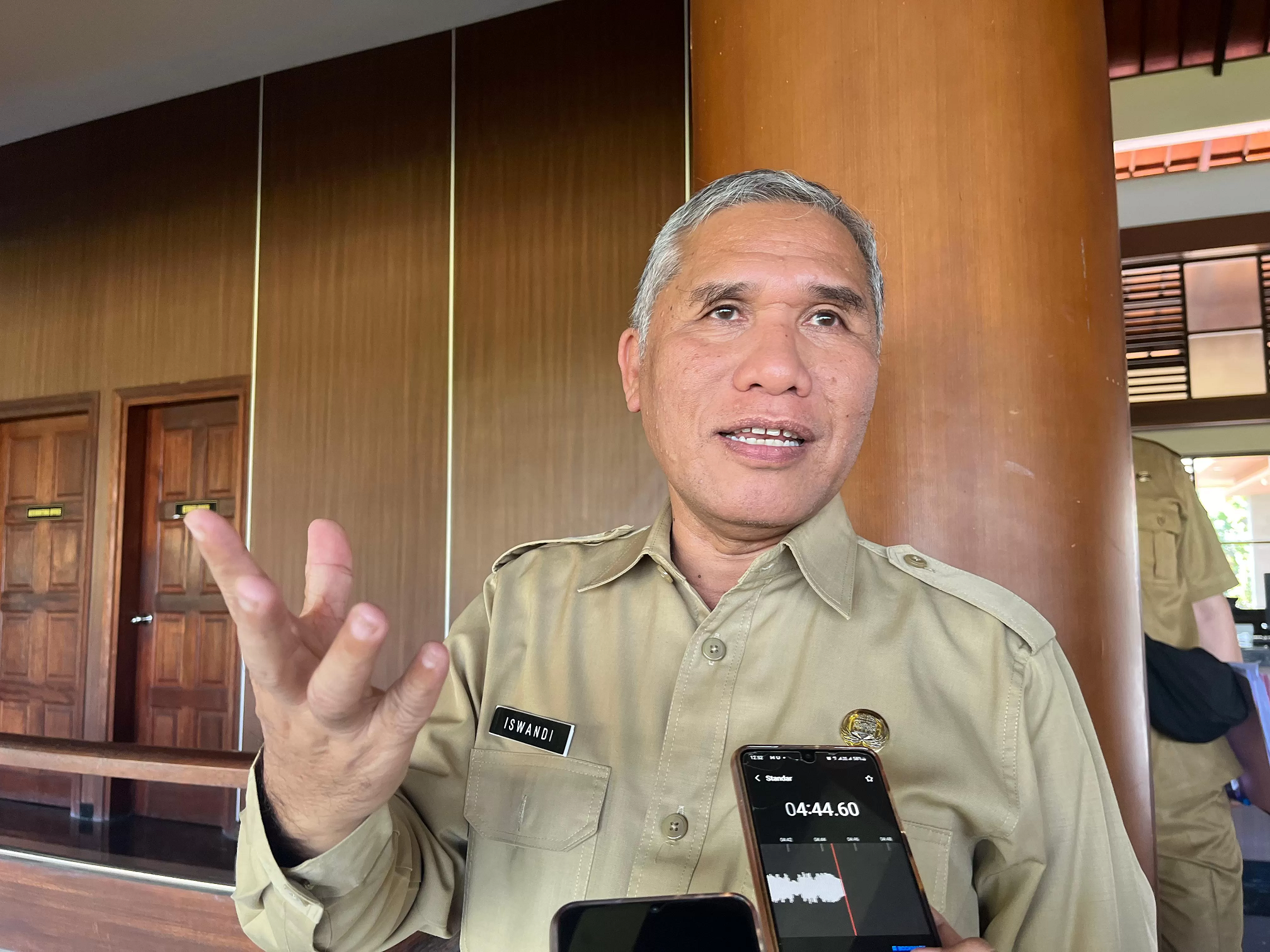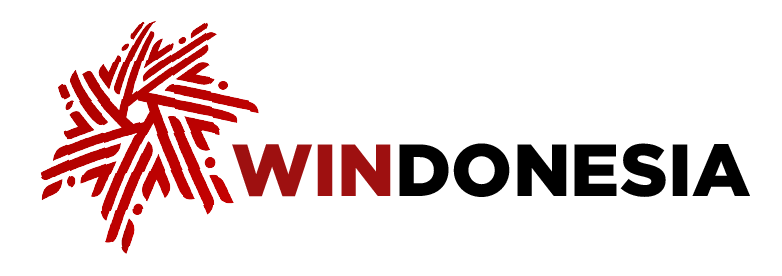News
West Nusa Tenggara Designates 11 Strategic Areas
WINDONESIA May 20, 2024 West Nusa Tenggara Bappeda Head H. Iswandi (Lombok Post/Yuyun).
West Nusa Tenggara Bappeda Head H. Iswandi (Lombok Post/Yuyun).
The West Nusa Tenggara Provincial Government has designated 11 Strategic Areas in the province. This policy is an effort by the local government to boost economic growth through investment, with non-mining economic sectors as the driving force.
“All current development processes must be based on principles that consider all aspects,” West Nusa Tenggara Province Regional Development Planning Agency (Bappeda) Head H. Iswandi explained during an interview on May 14, 2024.
The 11 strategic areas includes:
- The Greater Mataram-Gili Islands and Their Vicinity Area: An integrated area based on the leading economic sectors of trade services, industry, tourism, and fisheries covering Mataram City, West Lombok Regency, and North Lombok Regency;
- The Kuta Mandalika and Its Vicinity Area: An area focusing on tourism, fisheries, and industry locations based on natural resource potential that supports the Mandalika Special Economic Zone in Central Lombok Regency;
- The West Sumbawa Industrial Area: A supporting and buffer zone for the Maluk Industrial Area based on its leading sectors of mining and its downstream industries, fisheries, as well as tourism;
- The Pototano-Gili Balu Agribusiness Area: An agribusiness area with agroindustry, fisheries, livestock, and tourism as its leading sectors that covers the Sumbawa and West Sumbawa regencies,
- The Puncak Ngengas-Selalu Legini Area: A high conservation value area based on disaster mitigation which covers the Sumbawa and West Sumbawa regencies;
- The Saleh Bay-Moyo-Tambora (Samota) Area: A Rapid Growth Strategic Area (KSCT) based on the fisheries, tourism, agriculture, livestock, and industry sectors covering the Sumbawa, Dompu, and Bima regencies;
- The Mount Tambora Ecosystem Area: A geological education (geo-education), geological heritage (geoheritage), and geotourism area based on geological diversity (geodiversity), biological diversity (biodiversity), and cultural diversity, covering the Dompu and Bima regencies;
- The Cempi Bay-Hu’u Area: A new growth area with tourism, fisheries, industry, mining, and energy as its leading sectors that covers the Sumbawa and Dompu regencies;
- The Parado Forest Ecosystem Area: A water management buffer and protection area covering Dompu and Bima;
- The Bima Bay and Its Vicinity Area: An environmentally- and community-based area for tourism, fisheries, industry, and trade services which covers Bima Regency, Bima City, and Dompu Regency.
- The Waworada Sape Area: A new growth area in the eastern region of West Nusa Tanggara that is based on the fisheries, tourism, and industry sectors.
“These 11 areas have been projected to experience faster growth and development, so our development efforts must truly adhere to the determination of strategic areas that align with their respective potentials and characteristics,” Iswandi explained.
With this designation, any development in these areas cannot be done haphazardly.
“Any supporting facilities to be built must be constructed gradually, with a strong emphasis on environmental preservation,” he said.
On the other hand, the designation of 11 strategic areas in NTB aims to boost the non-mining economic sector by over 7 percent year-on-year (yoy).
“These areas have been projected to have economic leverage for the community and attract investment,” he added.
Regarding the development plans, the West Nusa Tenggara Bappeda and relevant parties are continuously detailing the spatial planning and functions, as well as the supporting facilities that need to be built. That effort must also be supported by a Regional Spatial Planning Regulation (Perda RTRW).
“This month, the revised Regional Regulation (Perda) will be enacted, having been evaluated by the central government. The local governments will follow by amending their Perda RTRW to ensure future development is more targeted, focused, and adds value to each area,” he concluded.
Separately, West Nusa Tenggara Province Investment and One-Stop Integrated Services Office (DPMPTSP) Acting Head Wahyu Hidayat stated that the province’s 11 Strategic Areas aligns with Statistics Indonesia (BPS)'s direction for each region in Indonesia to develop investments in non-mining sectors.
“This is also in line with the central government's direction for more investment contributions from non-mining sectors starting in 2024, as those types of investment directly impacts the community and significantly influences economic growth,” he explained.

